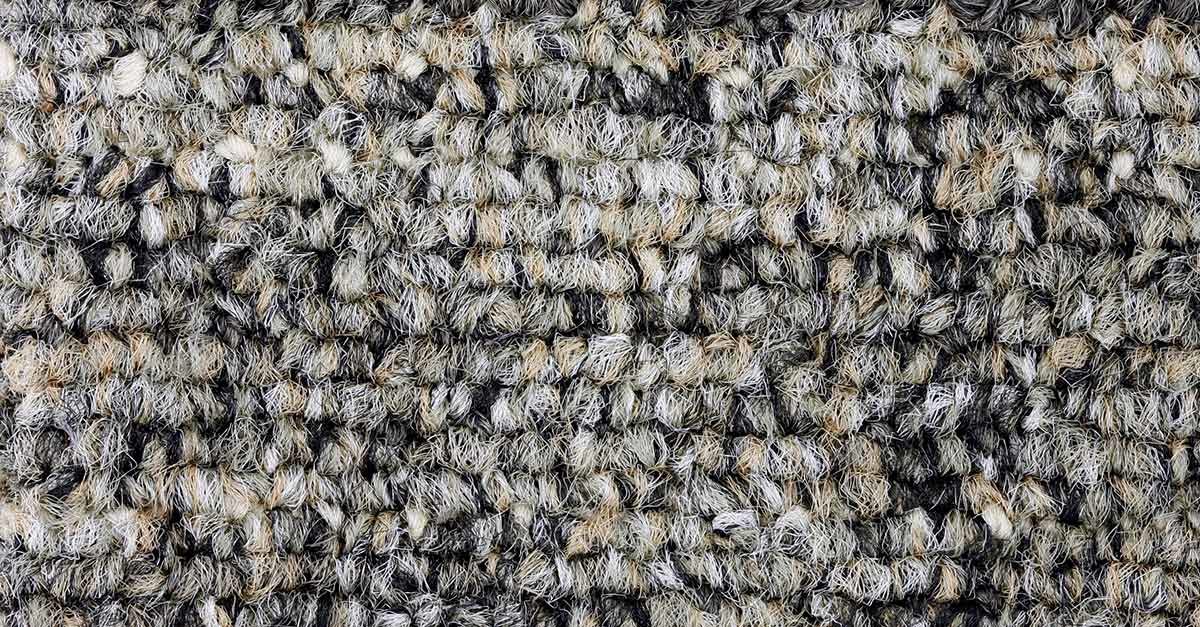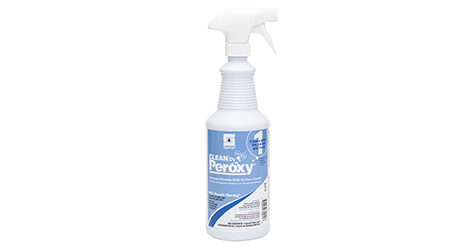Each carpet fiber material has its own unique qualities, which occasionally makes cleaning one carpet type different from the next. This is why, when cleaning a carpet for the first time, it’s essential to know the fiber type.
Carpet generally falls into one of four main fiber categories. They are, in order of popularity for the residential market: polyester, nylon, olefin, and wool. For the commercial market, virtually all carpet is made from nylon. At times, carpet can be a blend of two fibers.
Knowing which fiber you’re dealing with offers two major benefits. First, it gives you a better understanding of the carpet’s cleanability — how easily it will clean and how difficult it will be to remove spots and stains. Second, knowing the fiber type will allow you to better choose a cleaning product that removes the most soil without damaging the fiber or color and altering texture.
Light It Up
It may be a frightening concept, but before cleaning a carpet with an unknown fiber type it’s important to do a burn test. This consists of removing a piece of fiber from the carpet and lighting it on fire.
Choose an inconspicuous area to take the fiber sample from — in a corner, closet, or another low-traffic, generally unused and unseen area. Hold the fiber with tweezers and cut carefully to be sure you only get a single strand. Once you have your strand, be sure to move to a custodial closet or outside location before performing the burn test to protect the room from accidents.
Using your tweezers to hold the strand, slowly place your sample in the flame of a butane lighter, paying close attention to the action, appearance, and odor of the burning strand.
If the strand arches away from the fire, it is synthetic (likely nylon, polyester, or olefin). If it does not move away from the flame, it is a natural fiber (likely wool). If after burning you are still unclear whether the fiber is synthetic or natural, attempt to crush the fiber between your fingers. A synthetic fiber will leave little or no residue, while a natural fiber will leave behind noticeable residue.
Fiber Predictions
Each fiber type has specific burn qualities to help with identification. It is worth mentioning again how important it is to closely examine your sample as it burns.
Nylon
A fiber sample that burns blue at the base and orange at the tip with no smoke (except when extinguished) indicates the carpet is made of nylon. The flame will sputter out. It will emit a wax- or celery-like smell as it burns and leave behind a hard, round, gray or brown bead.
Nylon has excellent cleanability with good stain resistance, but using the wrong chemical can negatively affect its resistance. It is also easier to stain than other synthetic fibers, so it’s a good idea to use fabric protector when possible.
Polyester
An orange flame with black smoke and a fiber strand that sputters and drips indicates polyester carpet. This fiber will give off a sweet odor and leave behind a firm, shiny bead.
Olefin
Like nylon, olefin fiber will burn blue at the base and orange at the tip with no smoke, so the flame’s appearance and the odor given off are especially important for distinguishing between the two. The flame will burn quickly and evenly, unlike the sputtering of nylon. Olefin will emit a tar-like smell similar to asphalt and leave behind a hard, round, brown or light tan bead.
If still unclear, a chemical test can distinguish between olefin and nylon. Formic acid will dissolve a nylon fiber. An olefin fiber will float on water.
Olefin is exceptionally chemical- and stain-resistant. However, it is hydrophobic, so be on guard for wicking problems — when stains or soil rise back to the surface after carpet dries.
Wool
An orange burn with little to no smoke and a flame that sputters out indicates wool carpet. Wool, of course, smells like burned hair and it will leave behind a soft, black ash that crumbles when touched.
Wool does not react well to strong chemicals and will dissolve in chlorine bleach. Stain removal also can also be difficult, although with the right chemistry it is generally easy to clean.
While busy schedules can make an added task like fiber identification feel like an unnecessary chore, remember that knowing the carpet fiber type is essential to good cleaning. Correct identification allows for better chemistry matching and, therefore, better results.




